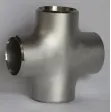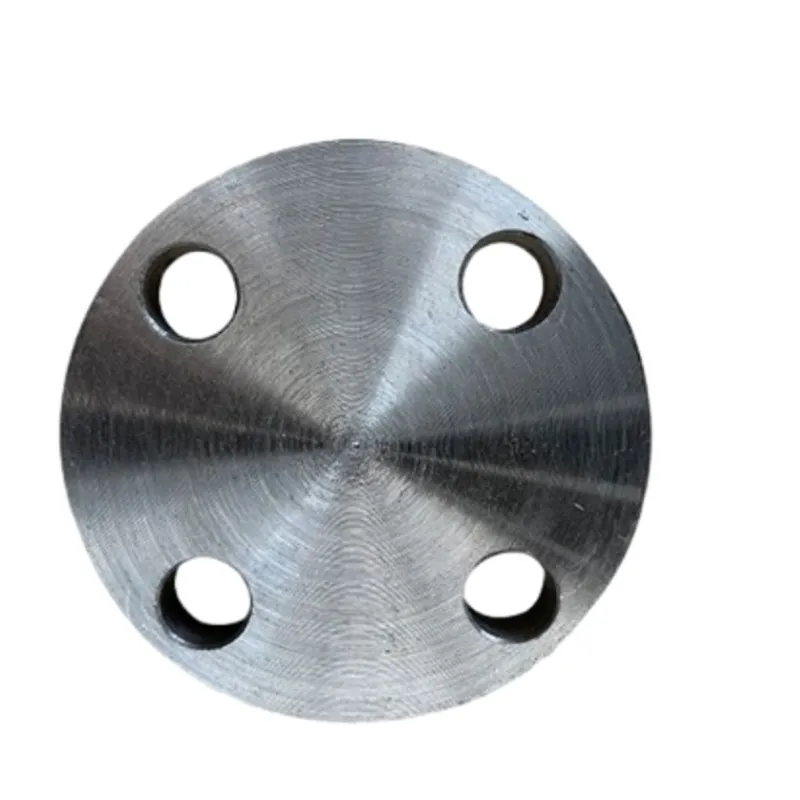-
Cangzhou Yulong Steel Co., Ltd.
-
Phone:
+86 13303177267 -
Email:
admin@ylsteelfittings.com
- English
- Arabic
- Italian
- Spanish
- Portuguese
- German
- kazakh
- Persian
- Greek
- French
- Russian
- Polish
- Thai
- Indonesian
- Vietnamese
- Zulu
- Korean
- Uzbek
- Hindi
- Serbian
- Malay
- Ukrainian
- Gujarati
- Haitian Creole
- hausa
- hawaiian
- Hebrew
- Miao
- Hungarian
- Icelandic
- igbo
- irish
- Japanese
- Javanese
- Kannada
- Khmer
- Rwandese
- Afrikaans
- Albanian
- Amharic
- Armenian
- Azerbaijani
- Basque
- Belarusian
- Bengali
- Bosnian
- Bulgarian
- Catalan
- Cebuano
- China
- China (Taiwan)
- Corsican
- Croatian
- Czech
- Danish
- Esperanto
- Estonian
- Finnish
- Frisian
- Galician
- Georgian
- Kurdish
- Kyrgyz
- Lao
- Latin
- Latvian
- Lithuanian
- Luxembourgish
- Macedonian
- Malgashi
- Malayalam
- Maltese
- Maori
- Marathi
- Mongolian
- Myanmar
- Nepali
- Norwegian
- Norwegian
- Occitan
- Pashto
- Dutch
- Punjabi
- Romanian
- Samoan
- Scottish Gaelic
- Sesotho
- Shona
- Sindhi
- Sinhala
- Slovak
- Slovenian
- Somali
- Sundanese
- Swahili
- Swedish
- Tagalog
- Tajik
- Tamil
- Tatar
- Telugu
- Turkish
- Turkmen
- Urdu
- Uighur
- Welsh
- Bantu
- Yiddish
- Yoruba

Feb . 19, 2025 11:03 Back to list
EN 1092 SS 904l SO Flanges
Understanding EN1092 A Comprehensive Guide for Industry Professionals
Moreover, EN1092 encompasses various types of flanges—ranging from weld neck flanges to blind flanges—each with specific design considerations. For instance, industry experts often highlight the weld neck flange from the EN1092-1 category as a prime choice for high-pressure applications, thanks to its ability to withstand severe temperature fluctuations and pressures. This knowledge, accumulated through extensive experience, underscores the criticality of selecting the right flange type for specific applications, ensuring both safety and operational efficiency. It's also paramount to consider material selection under EN1092 standards, as material incompatibility can weaken flange integrity. Expert metallurgists in the field caution against overlooking this aspect, sharing real experiences where inappropriate material selection led to costly errors. The wisdom passed down from seasoned professionals underscores the importance of adhering to EN1092 material guidelines to prevent corrosion, withstand environmental conditions, and maintain system integrity. For industry stakeholders, staying informed about the latest developments and revisions in EN1092 is vital. Regular updates and community feedback ensure that the standard evolves alongside technological advancements and emerging industrial needs. Trust in EN1092 is reinforced by the transparency and collective input from leading engineers and industry bodies dedicated to enhancing its relevance and application in modern pipelines. In conclusion, comprehending EN1092 involves an integration of experience, expertise, authority, and trust. It is critical for professionals engaged in industrial operations to embrace the challenges and responsibilities associated with this standard. By applying these insights and continuously honing their expertise, industry stakeholders can contribute to the integrity and safety of global piping systems. As expertise and innovation progress, so too does the industry’s ability to leverage EN1092 to its fullest, ensuring reliable and efficient operations in diverse industrial applications.


Moreover, EN1092 encompasses various types of flanges—ranging from weld neck flanges to blind flanges—each with specific design considerations. For instance, industry experts often highlight the weld neck flange from the EN1092-1 category as a prime choice for high-pressure applications, thanks to its ability to withstand severe temperature fluctuations and pressures. This knowledge, accumulated through extensive experience, underscores the criticality of selecting the right flange type for specific applications, ensuring both safety and operational efficiency. It's also paramount to consider material selection under EN1092 standards, as material incompatibility can weaken flange integrity. Expert metallurgists in the field caution against overlooking this aspect, sharing real experiences where inappropriate material selection led to costly errors. The wisdom passed down from seasoned professionals underscores the importance of adhering to EN1092 material guidelines to prevent corrosion, withstand environmental conditions, and maintain system integrity. For industry stakeholders, staying informed about the latest developments and revisions in EN1092 is vital. Regular updates and community feedback ensure that the standard evolves alongside technological advancements and emerging industrial needs. Trust in EN1092 is reinforced by the transparency and collective input from leading engineers and industry bodies dedicated to enhancing its relevance and application in modern pipelines. In conclusion, comprehending EN1092 involves an integration of experience, expertise, authority, and trust. It is critical for professionals engaged in industrial operations to embrace the challenges and responsibilities associated with this standard. By applying these insights and continuously honing their expertise, industry stakeholders can contribute to the integrity and safety of global piping systems. As expertise and innovation progress, so too does the industry’s ability to leverage EN1092 to its fullest, ensuring reliable and efficient operations in diverse industrial applications.
Latest news
-
ANSI 150P SS304 SO FLANGE
NewsFeb.14,2025
-
ASTM A333GR6 STEEL PIPE
NewsJan.20,2025
-
ANSI B16.5 WELDING NECK FLANGE
NewsJan.15,2026
-
ANSI B16.5 SLIP-ON FLANGE
NewsApr.19,2024
-
SABS 1123 FLANGE
NewsJan.15,2025
-
DIN86044 PLATE FLANGE
NewsApr.19,2024
-
DIN2527 BLIND FLANGE
NewsApr.12,2024
-
JIS B2311 Butt-Welding Fittings LR/SR 45°/90° /180°Seamless/Weld
NewsApr.23,2024










